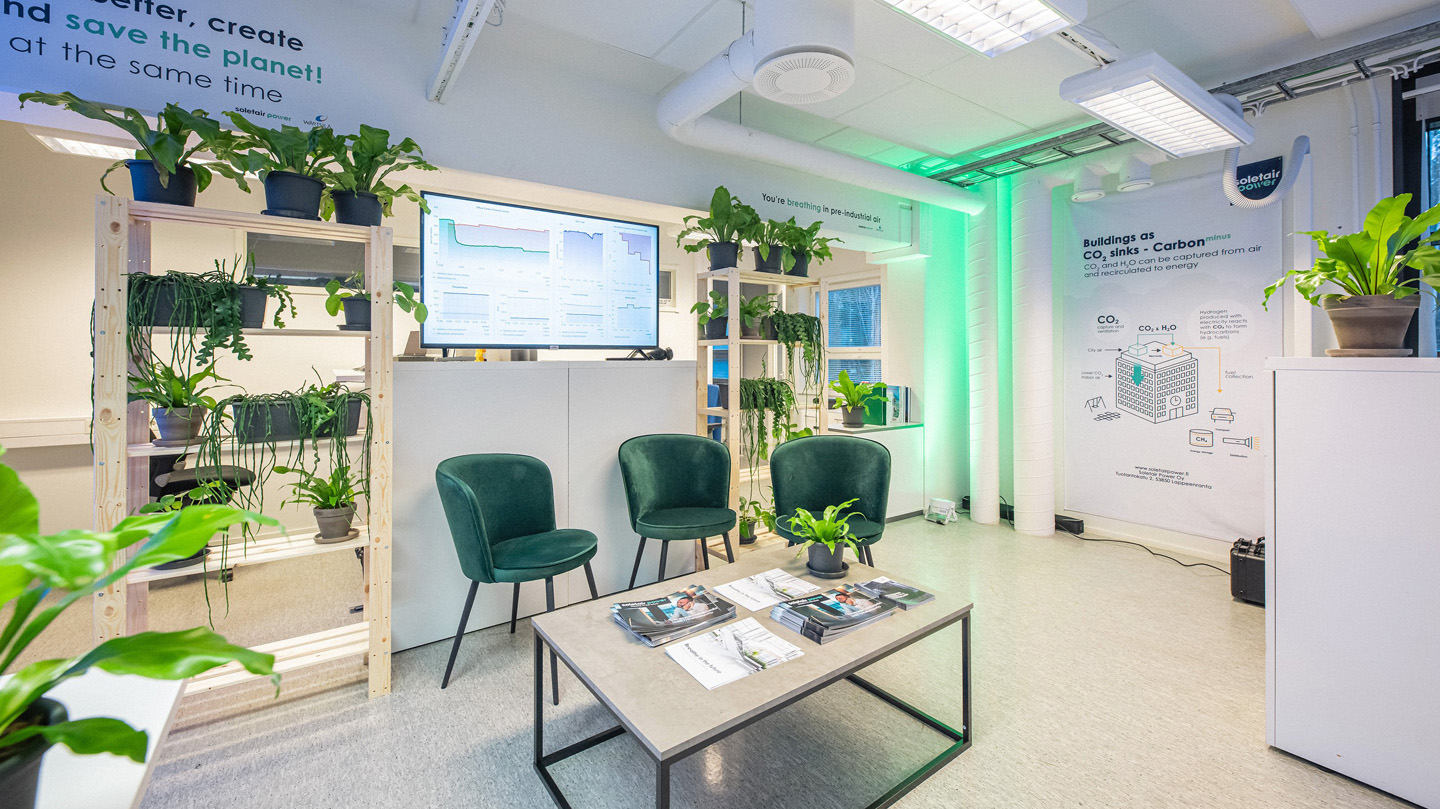As the world’s population continues to urbanize, over half of the population is now residing in cities, and this number is predicted to grow by 1.56 billion over the next two decades. With this increase in urbanization, new megalopolises will emerge, and the construction of new buildings and CO2 emissions will exponentially increase. This poses a significant challenge in guaranteeing the best air quality levels possible, as high levels of CO2 concentration can make people feel dizzy, tired, and sleepy. In fact, a study conducted by Harvard shows that for each 400-ppm increase in indoor CO2 concentration, our cognitive function score becomes 20% lower.
Currently, DAC technology is primarily applied in ambient air, but it is not applied in the built environment to capture CO2 emissions from buildings. However, the use of DAC technology in the built environment presents enormous energy-saving potentials that can be realized in an HVAC/DAC-coupling in recirculation mode. After separating CO2 using the DAC technology, it can either be stored or converted into another chemical, such as methane or methanol, via Power-to-X (P2X) processes. The ongoing defossilization of industrial processes will lead to a demand for alternative carbon sources in the near future. Therefore, an increase in CO2 prices can be expected, which might help to make DAC commercially feasible.
When buildings are used as CO2-capturing machines, their lifetime emissions can be offset. By transforming buildings into carbon sinks, net-zero targets can become achievable.
Soletair Power’s innovative solution effectively addresses this challenge by capturing carbon dioxide through a building’s ventilation system, offsetting the building’s emissions, supporting employee well-being, and increasing productivity. The modular system operates with a plug-and-play approach, making it easy for any company to install and use Direct Air Capture technology. The captured carbon can be reused as a non-fossil-based resource in a wide array of applications, effectively reversing the impact of CO2 emissions. For instance, Soletair Power’s single system for building ventilation of 3m3/s can capture 20 tons of CO2 annually. In a single building, up to 20 ventilation units can be used, resulting in 400 tons of CO2 captured per year. By transforming buildings into carbon sinks, net-zero targets can become achievable, making buildings active protectors of the environment that contribute to global negative CO2 emissions.
Contact us to remove CO2 from the air by retrofitting your building’s HVAC system.







